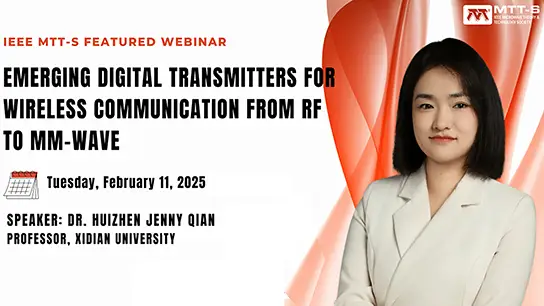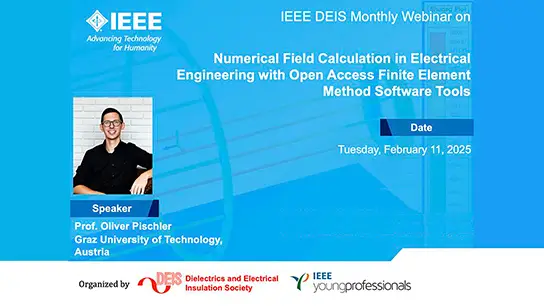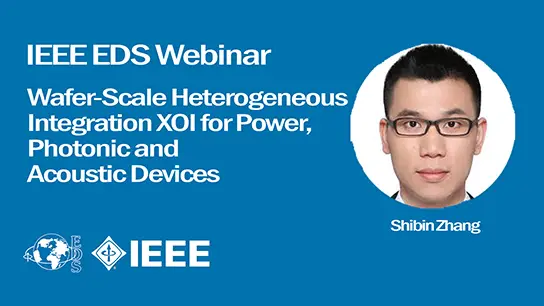-
Members: FreeTEC
IEEE Members: $11.00
Non-members: $15.00Length: 47:32
15 Sep 2020
Abstract: Wireless charging or wireless power transfer (WPT) provides a convenient and viable solution without the need for a major breakthrough in todays battery technology, especially in terms of energy density. At present, WPT operating at a high frequency, such as 6.78 MHz, is widely regarded as a promising candidate technology for the mid-range transfer of a medium amount of power. Physically, a higher operating frequency improves the spatial freedom of power transfer and also makes it possible to develop a more compact and lighter WPT system. At the same time, due to the high frequency operation, circuit level complexity, and multiple objectives in the actual MHz WPT systems, system level analysis, and design are particularly important for achieving high performance (e.g., high efficiency, low noise, and robustness) of a final system.
In this webinar, the main power conversion topologies are first reviewed and compared; then, taking the Class E2 topology as an example, a systematic methodology is explained to model and design a complete MHz WPT system; finally, the methodology is further extended to multiple-receiver MHz WPT systems, where the robustness of operation is particularly emphasized. The developed modeling and design method is based on the impedance analysis of each component from the final load, rectifier, coupling coils, to power amplifier. Therefore, this methodology itself, i.e., the design concept, is universal for MHz WPT systems using other representative circuit topologies.
In this webinar, the main power conversion topologies are first reviewed and compared; then, taking the Class E2 topology as an example, a systematic methodology is explained to model and design a complete MHz WPT system; finally, the methodology is further extended to multiple-receiver MHz WPT systems, where the robustness of operation is particularly emphasized. The developed modeling and design method is based on the impedance analysis of each component from the final load, rectifier, coupling coils, to power amplifier. Therefore, this methodology itself, i.e., the design concept, is universal for MHz WPT systems using other representative circuit topologies.
Primary Committee:
IEEE TEC


